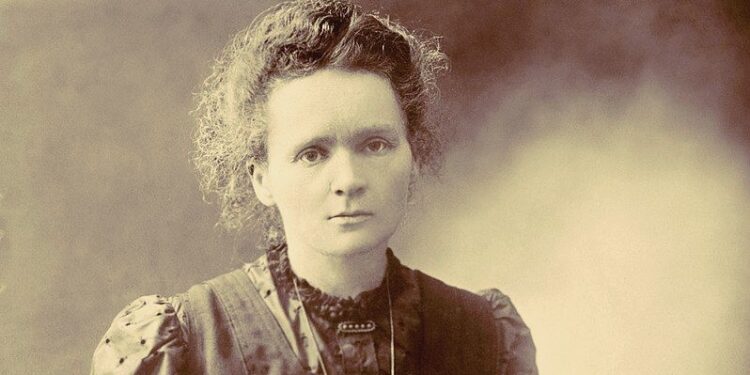In the annals of scientific history, there are few names that shine as brightly as that of Madame Curie. Born Marie Skłodowska in 1867 in Warsaw, Poland, she would go on to become one of the most influential figures in the field of physics and chemistry. Through her groundbreaking research and tireless dedication, Madame Curie left an indelible mark on the world, revolutionizing our understanding of radioactivity and becoming the first woman to win a Nobel Prize. Her remarkable achievements continue to inspire and shape the scientific landscape to this day.
From a young age, Marie Skłodowska exhibited an exceptional intellect and a thirst for knowledge. Despite facing numerous obstacles as a woman pursuing higher education in the late 19th century, she overcame societal norms and financial constraints to enroll at the University of Paris. There, she met Pierre Curie, a distinguished physicist who would later become her husband and lifelong collaborator. Together, they embarked on a scientific journey that would redefine our understanding of the atomic world.
Madame Curie’s groundbreaking work centered around the phenomenon of radioactivity. She coined the term and, through years of meticulous experimentation, isolated and characterized two new elements: polonium and radium. Her discoveries shattered existing notions about the stability of matter and laid the foundation for the field of nuclear physics. Madame Curie’s tireless efforts not only expanded the periodic table but also opened new avenues for medical research and treatment, as radioisotopes found applications in cancer therapy and diagnostics.
In recognition of her extraordinary contributions, Madame Curie was awarded the Nobel Prize in Physics in 1903, making her the first woman to receive this prestigious honor. She further cemented her place in history when she won the Nobel Prize in Chemistry in 1911, becoming the only person to have ever received Nobel Prizes in multiple scientific disciplines. These accolades served as a testament to her brilliance and served as a catalyst for women’s inclusion in the scientific community.
However, Madame Curie’s success did not come without personal sacrifice. Her pioneering work with radioactive materials took a toll on her health. She succumbed to aplastic anemia, likely caused by prolonged exposure to radiation, in 1934. Yet, her legacy lives on, not only in the scientific breakthroughs she achieved but also in the countless lives she has touched.
Beyond her scientific achievements, Madame Curie was a trailblazer for women’s rights and education. She shattered glass ceilings and inspired generations of women to pursue careers in science and academia. Madame Curie’s determination, resilience, and unwavering passion for knowledge continue to serve as a beacon of hope and empowerment.
Today, Madame Curie’s contributions are immortalized in the countless laboratories, research centers, and universities that bear her name.
newshub



Recent Comments